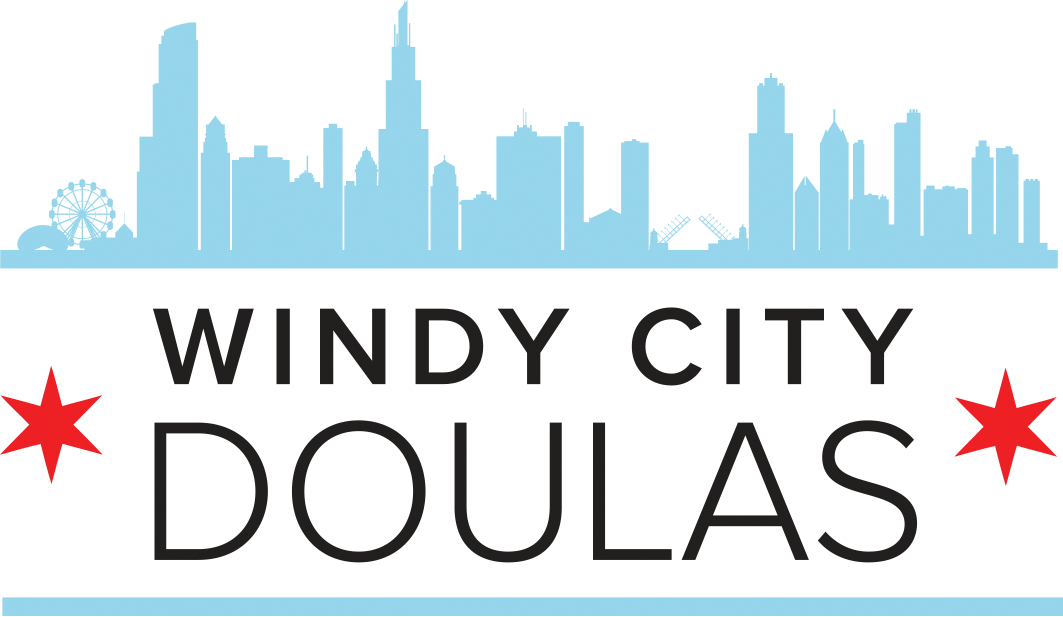One thing that has always shocked me as a postpartum doula is how little information families are given about formula.
Yes we get it, breastmilk is super cool and great, and yes we make tons of lactation referrals. However breast isn’t possible or best for all families and proper and safe formula preparation guidelines should be widely shared with families, especially if they’re sent home by a provider with formula.
So disclaimer, always buy your formula from a reputable source and read the directions on that specific container for their recommendations. These are general guidelines and there can be changes between brands.
So first some general rules:
once a bottle has been started, meaning your baby’s mouth has touched the nipple, it needs to be used or tossed within one hour.
formula that has come in contact with a baby’s mouth can not be refrigerated and used again late
any formula that has been poured into a bottle for consumption should travel in a cooler until feeding time. Formula can not sit at room temperature if it’s been exposed to air.
For preparation and storage guidelines, what “type” of formula will you be using? Formula comes in liquid, both ready to feed and concentrate, as well as powder.
Ready to feed formula requires no added water. Concentrate and powder do need water to make a bottle.
When making a bottle that requires water the water should be measured first.
Which water to use is always a hot topic and one that your pediatrician can weigh in on
in general concentrate is sterile, this means you don’t need to add hot water to it to make the formula sterile.
you can boil water and let it cool and use that water, you can use filtered water, you can buy nursery water, or some doctors are fine with tap water
using straight well water is not usually recommended
Technically powdered formula is not sterile and could contain bacteria. To kill bacteria, it has been recommended in the past to add boiling water to the powder and let cool. Families following these guidelines will many times add half boiling water to the powder and mix and then add cool water. If making a 6oz bottle with a US brand powdered formula would look like
3 scoops of formula in a bottle
add 3oz of boiling water and mix
add 3oz of cool water and mix
test temperature before feeding.
Many pediatricians recommend liquid ready-to-feed formula for the initial few days-weeks are it is sterile compared to powder which is not. This is something to discuss with your doctor
Ready-to-feed formula guidelines
sealed, unopened bottles, can be stored at room temp until use.
never add water to this
formula can be heated, but does not need to
must be used within one hour of starting the feeding
if a container is opened, but then not used (and babies mouth has not come in contact with it) it can be stored in the fridge for up to 48hrs.
Liquid formula concentrate
sealed, unopened bottles, can be stored at room temp until use.
formula can be heated, but does not need to
all most all brands are a 1oz (30ml) formula to 1oz (30 ml) of water for preparation
must be used within one hour of starting the feeding
if a container is opened, but then not used (and babies mouth has not come in contact with it) it can be stored in the fridge for up to 48hrs.
if a bottle is prepared for concentrate it can, but not used it can be refrigerated for up-to 48hrs
Powdered formula
ALWAYS use the scoop that comes with your formula for measuring. It is not a standard size between different brands
as a general rule most American formulas are 1 scoop to 2oz (60ml) of water and most European formulas are 1 scoop to 1oz (30ml) of water. Always confirm this on the box/container
must be used within one hour of starting the feeding
if a bottle is prepared, but not used, it can be refrigerated for up-to 24 hours.
container of powder should be stored in a cool, dry place.
